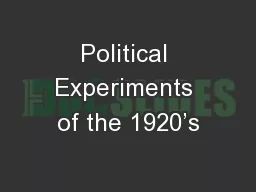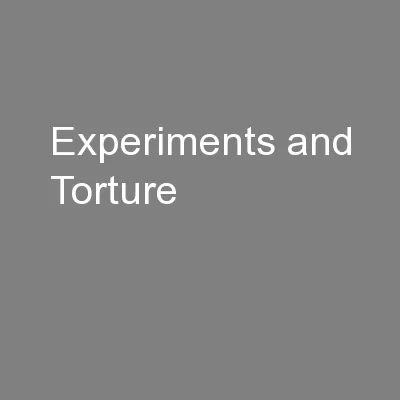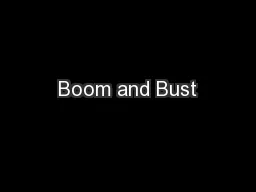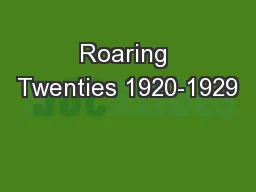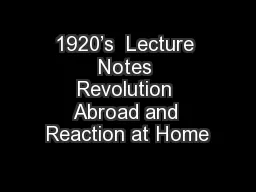PPT-Political Experiments of the 1920’s
Author : tatyana-admore | Published Date : 2016-08-03
FYIs OPEN book Thursday on Chapter 27 Bring books any time If you were missin some daily grades get em in this week Im going to try to find time to let you play
Presentation Embed Code
Download Presentation
Download Presentation The PPT/PDF document "Political Experiments of the 1920’s" is the property of its rightful owner. Permission is granted to download and print the materials on this website for personal, non-commercial use only, and to display it on your personal computer provided you do not modify the materials and that you retain all copyright notices contained in the materials. By downloading content from our website, you accept the terms of this agreement.
Political Experiments of the 1920’s: Transcript
Download Rules Of Document
"Political Experiments of the 1920’s"The content belongs to its owner. You may download and print it for personal use, without modification, and keep all copyright notices. By downloading, you agree to these terms.
Related Documents

